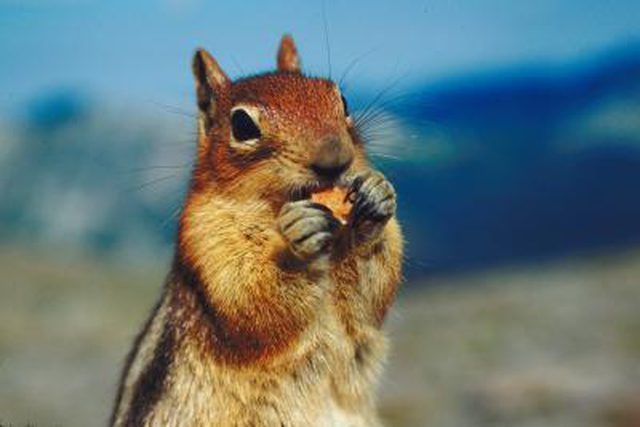Bulbs
Flower Basics
Flower Beds & Specialty Gardens
Flower Garden
Garden Furniture
Garden Gnomes
Garden Seeds
Garden Sheds
Garden Statues
Garden Tools & Supplies
Gardening Basics
Green & Organic
Groundcovers & Vines
Growing Annuals
Growing Basil
Growing Beans
Growing Berries
Growing Blueberries
Growing Cactus
Growing Corn
Growing Cotton
Growing Edibles
Growing Flowers
Growing Garlic
Growing Grapes
Growing Grass
Growing Herbs
Growing Jasmine
Growing Mint
Growing Mushrooms
Orchids
Growing Peanuts
Growing Perennials
Growing Plants
Growing Rosemary
Growing Roses
Growing Strawberries
Growing Sunflowers
Growing Thyme
Growing Tomatoes
Growing Tulips
Growing Vegetables
Herb Basics
Herb Garden
Indoor Growing
Landscaping Basics
Landscaping Patios
Landscaping Plants
Landscaping Shrubs
Landscaping Trees
Landscaping Walks & Pathways
Lawn Basics
Lawn Maintenance
Lawn Mowers
Lawn Ornaments
Lawn Planting
Lawn Tools
Outdoor Growing
Overall Landscape Planning
Pests, Weeds & Problems
Plant Basics
Rock Garden
Rose Garden
Shrubs
Soil
Specialty Gardens
Trees
Vegetable Garden
Yard Maintenance
How to Get Rid of Chipmunks in Walls
How to Get Rid of Chipmunks in Walls. Chipmunks are among the smallest members of the squirrel family. They typically measure 10-inches or less in length, and are often identified by their rust-colored bodies and dark stripes on their back. They create extravagant burrows sometimes reaching more than 30-feet long. These omnivorous rodents eat...

Chipmunks are among the smallest members of the squirrel family. They typically measure 10-inches or less in length, and are often identified by their rust-colored bodies and dark stripes on their back. They create extravagant burrows sometimes reaching more than 30-feet long. These omnivorous rodents eat grains, nuts, seeds, fungi and insects. They prefer areas with access to food and protection such as railroad timbers and stone walls. They may find shelter within walls to build nesting sites or use as part of their burrow.
Things You'll Need
Peanut butter
Oatmeal
Live trap
Caulk
Expanding foam
Wire screen
Place peanut butter mixed with oatmeal in the "bait" area of the live trap. Live traps vary, but the "bait" area is typically in the back.
Place the live trap outside the entrance hole the chipmunks use to gain access to your walls.
Contact your local wildlife authority regarding releasing the chipmunks upon capture. State laws vary, but in many cases it is illegal to release animals without a permit.
Release the animal at least a mile away from your home after gaining permission from your local wildlife authority.
Seal the holes where the chipmunks were gaining access after you are sure no more are left inside. Use caulk or expanding foam where appropriate; use wire screen on larger openings.
Tips & Warnings
Chipmunks have two breeding seasons: Spring and summer. After 31 days of gestation, the females bare a litter. Young do not leave the burrow (in this case, possibly your walls) for a month. Be wary of removing chipmunks or sealing up holes when babies may be in your walls. Not only is it inhumane to kill the babies slowly this way, it may also cause other pests to enter your home.